The post 13 Child Photography Ideas to Get Your Creative Juices Flowing appeared first on Digital Photography School. It was authored by Simon Ringsmuth.

Children are some of the most rewarding subjects you’ll ever photograph. They bring a sense of fun, excitement, and wide-eyed wonder to a photo session – but photographing children can also feel overwhelming and even a bit chaotic, especially if you’ve never done this type of work for clients before.
These 13 child photography ideas will give you lots to think about before your next session, and can hopefully serve as a starting point for you to think about your own style and techniques, too.
Let’s dive right in.
1. Ask the child to bring a prop

Doing child photo sessions can be difficult, but imagine what it’s like for the kids. They’re in a strange location with parents fussing over their clothes, while other people are making faces and telling them to smile. It’s positively overwhelming!
One thing you can do to give the children a sense of calm and peace? Encourage them to bring a prop. Let their parents know beforehand, so they can help the child pick out something special and meaningful.
Stuffed animals, a favorite toy, or even just a photo or some artwork from home can go a long way toward making a photo session fun. These help children feel at ease, and while you can of course bring your own props, they just don’t have the same sentimental value as a prop that means a lot to the child. Years down the line, these props will help add a sense of context to the photos you took, plus parents will enjoy looking back at their children with their favorite toys or dolls long after the actual props have been relegated to a box in the attic.
2. Let kids be kids

Kids see the world differently than adults. They find joy in little things, wear emotions on their sleeves, and march to the beat of their own drums. I have seen many photographers throw up their hands in frustration when working with children because the kids won’t listen to directions. I can certainly relate, especially since I have children of my own! It’s enough to make you want to give up on family photography and work with, say, inanimate objects.
But in these situations, the best advice I have is to just embrace the randomness that kids bring to a photo shoot. Let them be who they are, even if it’s a little goofy, eccentric, or out of the ordinary. Be ready to capture some photos with your camera on its high-speed continuous mode, and don’t be afraid to get your hands or clothes dirty in the process. (I’ve long since learned to wear comfortable pants and sandals to family photo sessions, and to put them in the laundry as soon as I get home!)
The best-laid plans of mice, men, and photographers often go awry, but these fun moments are when you can get some of the most memorable pictures from a photo session.
3. Show their personalities

Every kid is unique, and they express themselves in many different ways. One thing you can do to make your photos stand out is to encourage the kids to let their sense of individuality shine through. While the results might not be your own personal favorites, parents love images that capture a sense of who their kids really are.
So whether the child is making a silly face, doing an odd pose, or even picking their nose, moments that capture genuine personality often end up making for the most memorable photos.
By the way, personality-focused photos are a great way to build rapport with children. Kids often come to a photo shoot with a healthy dose of trepidation and skepticism, especially if they have been bossed around by other photographers at previous picture sessions. But if you let them show their personalities, they will usually loosen up and trust you a bit more, which helps when it comes time for more formal pictures, such as group shots or headshots.
4. Photograph the shared special moments

Authenticity is a special thing. As photographers, we often aim for specific results, and while the resulting shots might be great on a technical level, these formal images can be bereft of substance and emotion. I always try to find a way of capturing special moments, especially between parents and kids, even if the resulting images don’t follow the traditional rules of photography.
Things like holding hands, a warm embrace, a special look, or a shared laugh help peel back the shiny veneer of perfection we often strive for, and instead let us capture something real. You can’t fake these moments; you have to be prepared with your camera so you can capture them if and when they happen.
In the photo above, I captured a grandmother holding her new baby granddaughter, and even though the child is sleeping and most of the adult’s face is not visible, the image tells a story that goes well beyond “Look over here and smile.” In the end, this was one of my clients’ favorite images from the entire session.
5. Go for a walk

Do you shoot photos on location? Heading out for a walk is a great way to embrace your surroundings while also capturing some really interesting shots that parents and kids will appreciate for years to come. Have your clients take a short walk and document the excursion with your camera. Take shots from the front, from behind, and even from above (if you can find a high vantage point to shoot from).
One of my favorite types of walking shots involves parents holding hands with their kids. This conveys a sense of care and tenderness while also ensuring your subjects are all on the same focal plane. A zoom lens isn’t required, but it certainly is useful, as you’ll spend less time chasing after people and more time taking pictures. Make sure your camera is on its high-speed continuous shooting mode, since you might need 20 or 30 shots to get one that you really like.
And if the children aren’t old enough to walk on their own, just ask the parents to carry them (or give them a ride on their shoulders) for some equally memorable images.
6. Run for it!

This is a tried-and-true technique for getting some outstanding images, and it’s a great way to impress your clients with photos they certainly can’t capture on their own.
Use a zoom lens (preferably a 70-200mm f/2.8 or f/4) and a high-speed continuous shooting mode. I also recommend Auto ISO with a minimum shutter speed of 1/500s. Back-button focus helps, but most modern cameras have such good autofocus that you can usually just rely on that.
Then stand far back from the kids and tell them to run toward you on the count of one…two…three…GO!
Start with your lens zoomed in as far as it will go, then slowly decrease the focal length as the kids run toward you. You only have 5 to 10 seconds to shoot before the children rush past, but that’s usually enough for some great shots. Your number one goal here is to get as many pictures as possible and sort them out later.
Most of your shots won’t be too noteworthy, but some will be amazing and one or two will likely end up printed, framed, and hung on a wall. I recommend briefly reviewing your photos as the kids are catching their breath, and if you’re not certain that you got some good shots, just tell the kids to repeat the exercise.
7. Let the kids play around

This one isn’t always easy to pull off, but if you can catch kids while they are playing, laughing, or joking around, it’s like striking photographic gold. Some photographers choose locations that are more conducive to this type of freeform play, but unless you have your own private playground, it’s not always the simplest thing to do.
Instead, I try to laugh and joke with the kids by telling them a funny story or asking them to do something silly, which often leads them down their own creative rabbit hole.
For the photo above, I told the boy to whisper a joke in his sister’s ear, which made both of them giggle. Then I stepped back and started taking pictures while she told her brother a joke. They went back and forth like that for a while, taking my initial idea and running with it way beyond what I expected.
The kids had a great time just messing around, and I was able to get some photos that their parents absolutely loved.
8. Take photos from above

Want to take unique shots that will make your clients call you for repeat photo sessions? Bring a ladder along with your camera gear.
Then stand up high – make sure to be safe! – and get some shots of the kids from above. These can be slice-of-life images with the children playing or reading, but I also like to have them look up at me and smile while I take their picture.
One nice thing about overhead photos is that you don’t need any fancy camera gear (such as wide-aperture lenses). Background blur isn’t an issue since the kids are so close to the ground or floor, and the kids usually aren’t moving around too much, either.
This means you can get outstanding images with a basic camera and kit lens. The uniqueness of these shots comes from the camera angle, which is something a lot of people don’t really think about. It’ll make the resulting shots memorable and unique, which your clients will greatly appreciate.
9. Get a group hug!

The key to a good group-hug photo is timing. It’s not difficult to have all the kids get together – just tell them to pile on or around the largest child, then start taking photos! The tricky part is knowing when to do it.
If you shoot a group-hug picture early in a photo session, you won’t get the kind of genuine emotions you might otherwise capture. If you get the group hug picture too late, the kids and their parents will be tired and may not be in the mood. However, if you can snag a group hug at just the right time, the results are amazing.
That’s why I like to do group hugs about halfway through a photo session. It’s nice to get to know the families first, do some individual shots, and get photos of the kids with their parents. Then, after about 15 or 20 minutes, everyone is more comfortable – and your clients, especially the younger ones, start to lose a bit of steam. That’s a great time to get some shots of all the kids together!
Doing a group hug injects some much-needed energy into a photo session, helps the kids and their parents relax for a bit, and sets the stage for a successful second half.
10. Read a book

Every kid has a favorite book. Whether it’s a picture book, a novel, or even a coloring book, these treasures work wonders for your photography. It’s easy to get kids to smile and laugh when you ask them to read their favorite story, and you’ll get the opportunity to capture photos of them lost in their imagination as they turn the pages.
One of the biggest benefits of photographing children with books comes years later and is not readily apparent during the photo session. You see, when parents look at the photos after time has passed, seeing their kids reading their favorite books always brings back a rush of emotions.
11. Bring a four-legged friend

There’s one surefire way to add a lot of excitement and emotion to a children’s photo shoot: let them bring a pet. When you involve a cat, dog, lizard, or other animal friend in a photo session, you will get plenty of big smiles, genuine emotions, and great shots.
Pets put children at ease and give them something to focus on besides you and their parents, plus these pictures often make for great memories years down the road. However, photographing with pets carries some important risks, so you need to make sure you are prepared.
Pets, even friendly ones, can get nervous and start acting up during a photo session. I have never been bitten by a dog or other animal while shooting, but I have had them nip at me and my camera gear.
Animals can also be moody and uncooperative, which stresses out the parents – and even the children – at times. Generally, what I recommend is involving pets in a small portion of a photo session but not the whole thing.
Have a family member or trusted friend bring the pet in for a few minutes. Shoot some pictures, but then have them take the pet back home. That way, you get the benefit of shooting photos with pets without any of the hassles, and you and your clients can be happy with the results.
12. Get a classic headshot

There’s a temptation among photographers to try always try something new, break the mold, and chart their own course through the uncertain waters of child photography. And while that’s often a good thing, there is a time for everything under the sun, and this certainly applies to photography.
In other words: when you’re taking photos of children, it’s great to try new, creative, and innovative ideas – but it’s also good to include some of the staples of the genre, such as the classic headshot.
These photos aren’t complicated, but they are often overlooked by new photographers who are eager to try new things. In truth, you can’t go wrong with a traditional headshot, and many of your clients will expect these types of images along with the other, more creative photos you are able to capture.
To get good headshots, use a wide aperture between f/2.8 and f/1.8, make sure your subjects are evenly lit, ask them to look at you and smile, and start pressing the shutter button. If your subject’s attention keeps wandering, have a parent or sibling stand directly behind you (and if your camera has it, use eye-detect autofocus).
The resulting pictures won’t win awards for creativity, but they will look great when printed, framed, and hung on the wall (which is where many of your clients will end up putting them!).
13. Use an initialed prop

Remember how I suggested you use a child’s prop? For a fun twist on this idea, ask your clients to bring something with the first letter of their child’s name on it. The object doesn’t have to be fancy, and you might even consider getting your own array of objects as a backup, just in case your client doesn’t have anything that works. The point is to add a bit of personal flair to your child photos – to give them a little extra pizzazz that they might otherwise lack.
This approach works best with very young children, generally no more than 18 months old. If you go much beyond that, it starts to look a bit cheesy and forced, though it can still work with the right prop (say, a t-shirt or jersey that prominently displays a first initial).
My favorite technique is to use simple wooden alphabet blocks. You don’t need to spell out the child’s entire name; just adding their first initial goes a long way toward making a standout photo. It also sends a message to the parents that you care enough to go the extra mile, and this helps lead to repeat business and referrals.
Child photography ideas: final words
My most important rule when taking pictures of children is to make sure they have fun. If the kids are angry, bored, or irritated, it will certainly come through in the photos – and the same goes for you. (After all, a surly photographer is not going to get great shots!)
These 13 child photography ideas should give you plenty to think about as you approach your next session, but at the end of the day, make sure the experience is enjoyable. Relax, take a breath, lighten up, and have a good time. A positive attitude is one of the best things you can bring to any photo event, especially when children are involved.
What about you? What are some of your favorite child photography tips and tricks? Leave your thoughts in the comments below!
The post 13 Child Photography Ideas to Get Your Creative Juices Flowing appeared first on Digital Photography School. It was authored by Simon Ringsmuth.











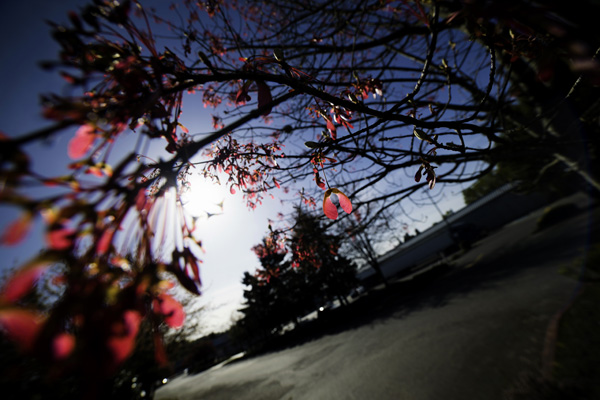
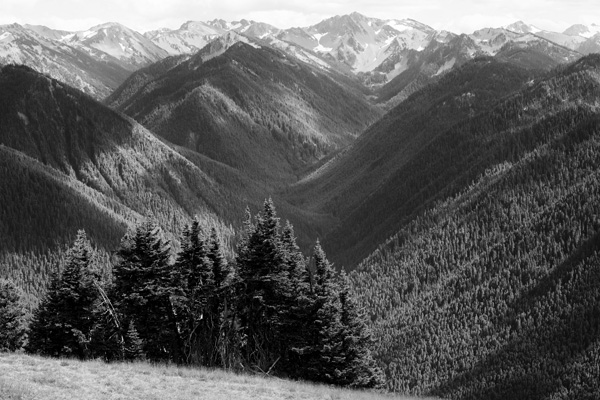
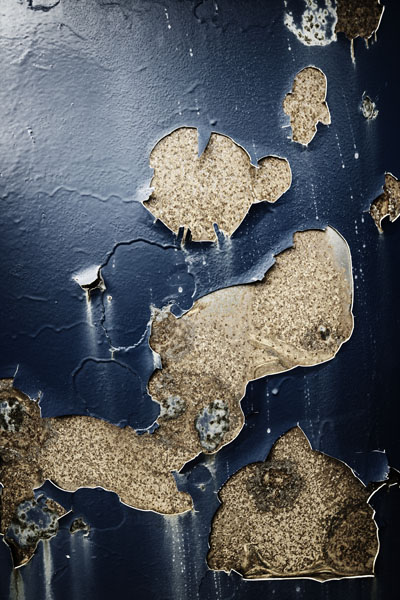
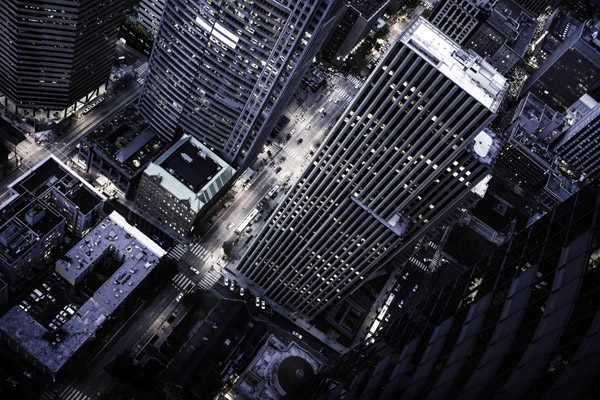
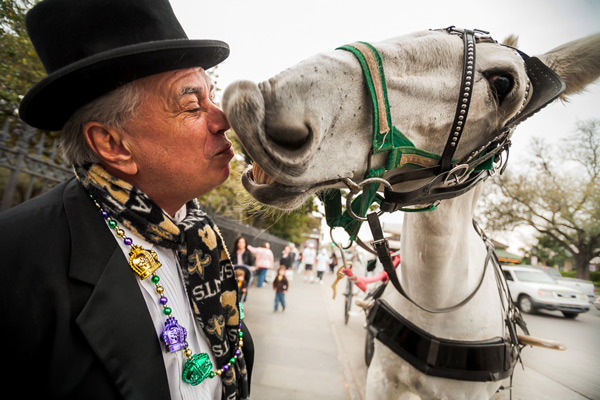


You must be logged in to post a comment.